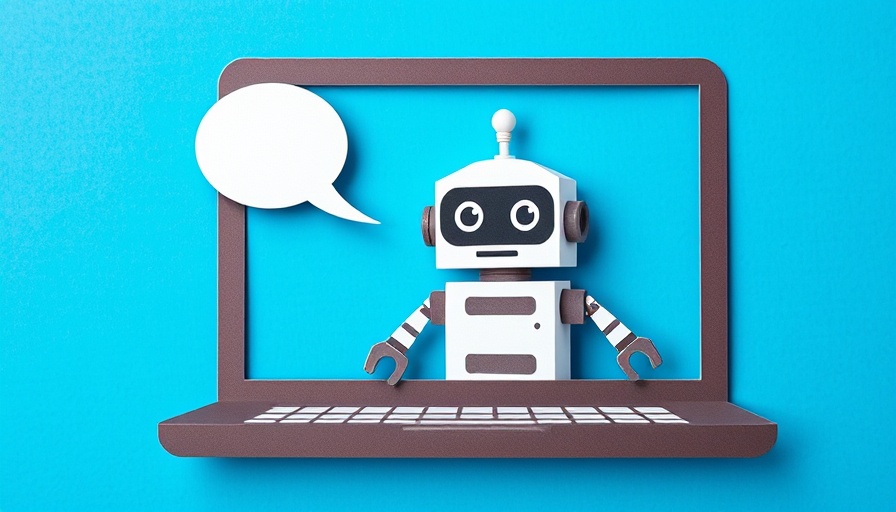
Radiologists: Thriving in the Age of AI
In a climate where artificial intelligence (AI) was initially heralded as a potential job killer for radiologists, the reality has swung dramatically in the opposite direction. Despite predictions that AI would render radiologists obsolete, the field has not only survived but is flourishing. Recent reports highlight that rather than being sidelined, radiologists are leveraging AI as a transformative tool, actively enhancing their diagnostic capabilities and improving patient outcomes.
Growth Amid Predictions of Decline
A decade ago, AI expert Geoffrey Hinton made waves in the medical community with his assertion that AI would render radiologists redundant. Fast forward to today, and the radiology sector is experiencing significant growth. According to the Association of American Medical Colleges, a severe shortage of radiologists—projected to reach 42,000 by 2033—is looming. This alarming statistic underscores the increasing demand for these professionals as healthcare institutions confront a growing patient population and complex health issues.
The AI Collaboration: A Game-Changer for Radiology
At the Mayo Clinic—a leader in integrating AI within medical practice—radiologist teams have witnessed a 55% growth since Hinton's initial prediction. This successful marriage of radiology and AI technology allowed for the establishment of a dedicated team comprising AI scientists and engineers. Together, they have developed over 250 models that assess everything from tissue conditions to predictive analytics for disease detection. This innovation highlights how AI is not a threat but rather an essential partner in the evolving landscape of healthcare.
Counterarguments: Why Some Still Worry About AI
Despite the positive advancements, skepticism remains about the role of AI in radiology. Critics argue that dependence on machine learning could undermine the human element of diagnostics. Concerns about the accuracy of AI models and reliance on technology can lead to misdiagnoses or overlooked anomalies.
The Future of Diagnostics: Embracing Technology
Looking forward, experts like John Halamka, president of the Mayo Clinic Platform, assert that within five years, ignoring AI could constitute malpractice. The need for radiologists to incorporate these tools into their workflow is becoming increasingly clear as they continue to drive improvements in efficiency and diagnostic accuracy.
Opportunities for Professionals and Institutions
As the integration of AI becomes more pronounced, radiology professionals and healthcare organizations must adapt to stay competitive. Continuous education and training on new technologies will be essential for radiologists to maintain their critical role in healthcare. Exciting opportunities exist for those willing to embrace this technological shift—leading to better career outcomes and improved patient care.
Conclusion: The Road Ahead
Radiologists are clearly not going anywhere; rather, they are transitioning into more significant roles that capitalize on AI's capabilities. For leaders across industries, understanding this evolution is crucial for strategizing effective healthcare solutions that harness technology while preserving the invaluable human touch.
As you consider the impacts of AI in your own sectors, don't hesitate to explore how these advancements can elevate your strategies and operations.
 Add Row
Add Row  Add
Add 




Write A Comment